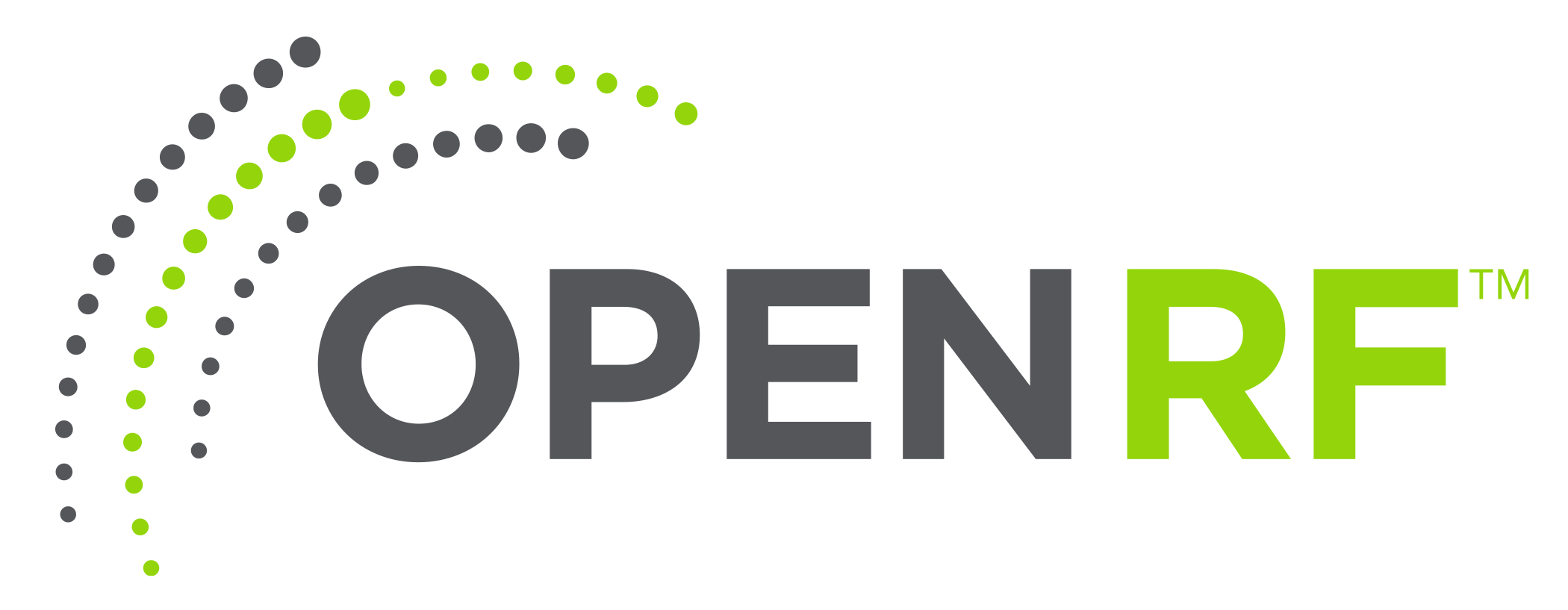NI, a global developer of automated test and measurement systems, joined the Open RF Association last year to help accelerate 5G interoperability and adoption. Chen Chang is Senior Director, Strategic Business Development, NI, and also Chairs OpenRF Working Group 5 and is recent addition to the Board of Directors. In this blog, Chen discusses why NI joined the Open RF Association and provides insight into the work of WG 5.
1. Can you provide a brief overview of NI? What products/services do you offer?
NI is the leading test and measurement vendor for RF front-end validation and production testing. NI’s best-in-class RF performance with industry leading test time has helped leading RF Integrated Chip (RFIC) and RF front end vendors to achieve faster time-to-market and higher revenue growth.
2. Why did NI join the OpenRF Association? What are the main benefits and advantages for member companies?
Many of NI’s customers are also founding members of OpenRF. The mission of OpenRF is advancing open architecture at the chipset level to drive interoperability. This aligns with NI’s direction around validation and production to drive growth. The wireless communication industry has been going through big changes in the last few years. With vertical integration in the 5G ecosystem and using a different type of chipset, the demand is to be more open, interchangeable and interoperable, which all give the consumer more choices and options. All these are major challenges for the industry – how can we get to interoperability and power efficiency to benefit the end customer? OpenRF is trying to solve a critical piece of that by getting the individual vendors to work together.
The main benefits for member companies are the following:
- Faster time to market when using open standards that can interoperate across RFIC chipset to RFFE from different vendors.
- Streamlined qualification process with lower test cost to validate RFFE components with RFIC chipset
- For OEM phone makers, wider range of quality component selections that provide know functionality and interoperability
3. What specific expertise does NI bring to the OpenRF Association? How does your company plan to participate?
NI will participate in OpenRF at the compliance level. The goal of Working Group 5 is to provide compliance certification that allows interoperability of RF front end components and 5G chipsets. OpenRF compliance will provide self-certification test procedures to avoid time-consuming third-party certification lab process, especially for level-1 SW HAL API compliance.
The OpenRF Compliance Test Specification includes two levels: Level 1, targeted for mid-2022, involves software API, Hardware Abstraction Layer (HAL) and register mapping. Level 2, targeted for late 2022, goes beyond register mapping to include RF capability, performance levels, and it will do some of the 5G usage scenarios, RF front end, chipset and modem.
4. What do you see as OpenRF’s impact within the industry?
The wireless industry is at the crossroads of several key challenges, including vertical integration versus open standards and the challenges of a global semiconductor ecosystem. OpenRF provides a potential answer to break the vertical integration monopoly on the wireless chipset supply chain.
5. What is the importance of an open 5G ecosystem of interoperable hardware and software across RF front-end and chipset platforms?
OpenRF is very analogous to the Open RAN movement at the chipset level. There are a lot of open hardware and software vendors on the Open RAN infrastructure side. Competition enables innovation and enables the market, and the growing number of Open RAN vendors is opening up competition and lowering costs. But in an open ecosystem, interoperability is very important. By establishing standards and compliance testing, OpenRF is ensuring that its members are able to give better service, innovation and products to the end customer.
